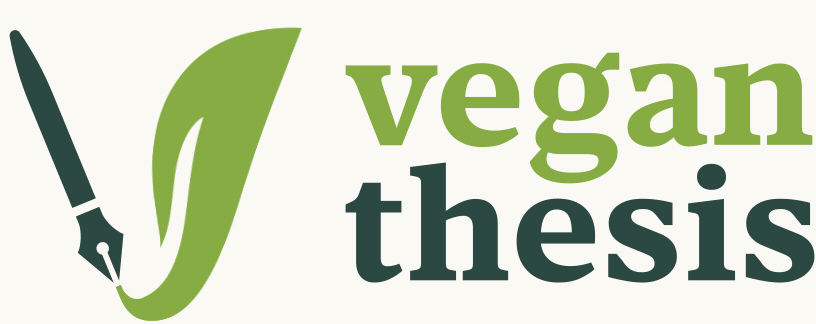How to optimise goat kid health and welfare (i.e. allow for social housing) ?
Context and Relevance:
Optimizing the health and welfare of goat kids is crucial for sustainable and ethical goat farming practices. Social housing, where goat kids are raised together in groups, can potentially enhance their welfare by promoting natural behaviors and social interactions. This research aims to investigate strategies to optimize goat kid health and welfare through social housing practices.
Potential Research Approach:
Literature Review:
Review existing literature on goat kid health and welfare, focusing on the benefits of social housing, factors influencing goat kid development, and welfare indicators such as growth rates, behavioral patterns, and stress responses.
Field Studies: Conduct field studies on goat farms implementing social housing practices to assess welfare outcomes through behavioral observations, health assessments, and farmer interviews.
Comparative Analysis: Compare welfare indicators between goat kids raised in social housing and those in solitary or traditional housing systems, using quantitative measures (e.g., growth performance, social behaviors) and qualitative assessments (e.g., stress levels, overall well-being).
Longitudinal Studies: Implement longitudinal studies to evaluate the long-term effects of social housing on goat kid health, including reproductive performance, disease resistance, and behavioral development.
Stakeholder Engagement: Collaborate with goat farmers, veterinarians, and animal welfare experts to develop guidelines and recommendations for optimizing goat kid welfare through social housing practices.
Additional Questions:
What are the social dynamics and hierarchical structures observed in goat kids raised in social housing, and how do these influence welfare outcomes?
How can management practices within social housing systems be optimized to minimize stress and promote positive social interactions among goat kids?
What are the economic considerations and feasibility of implementing social housing practices for goat kid management in different farming contexts?
